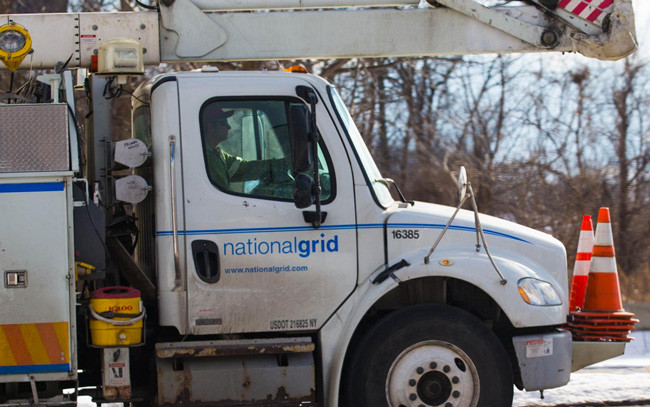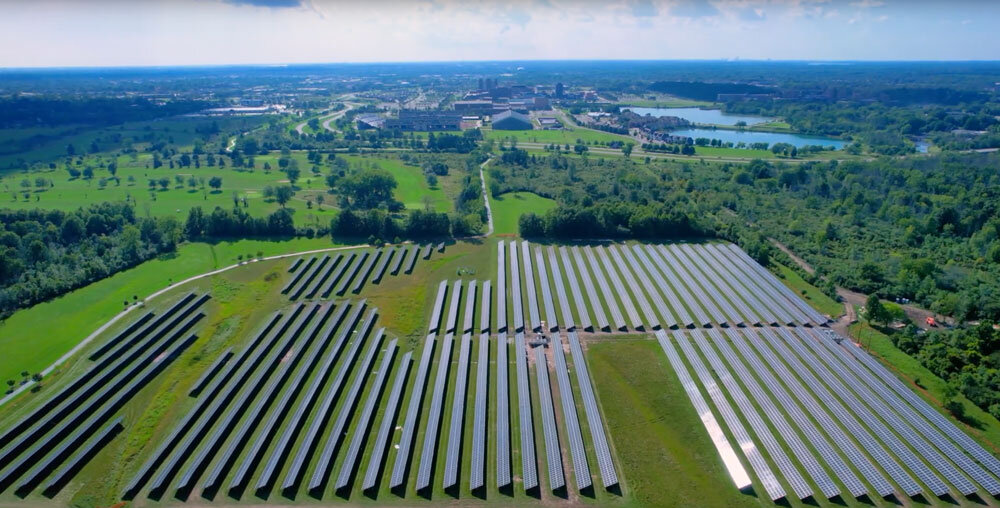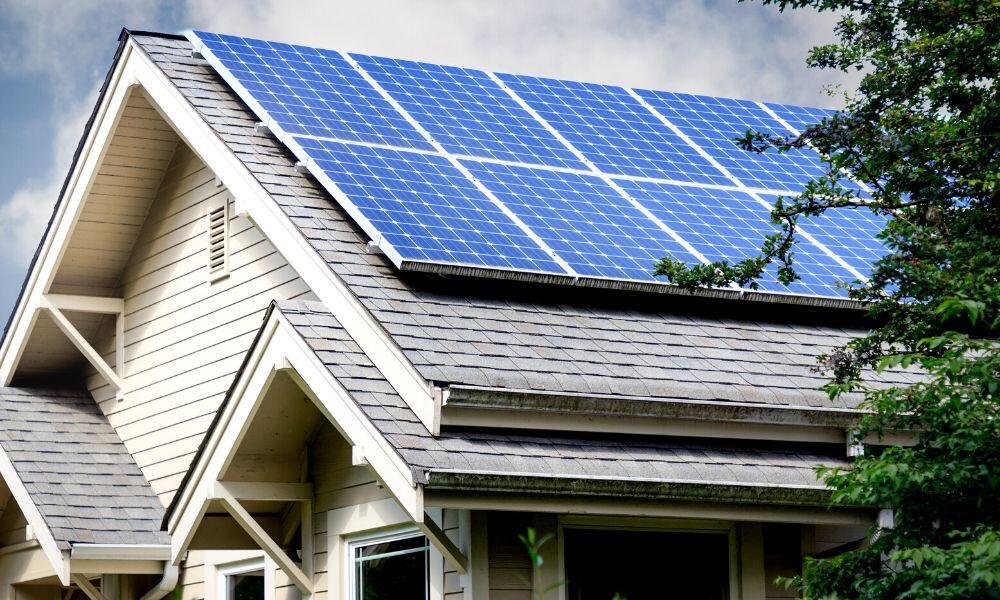National Grid reaches deal to raise electric bills by 11 percent over 3 years
(Image Courtesy: Derek Gee)
David Robinson
buffalonews.com
January 22, 2018
National Grid and state regulators have agreed on a three-year deal that would increase the average residential customer’s monthly bill by about 11 percent over three years.
The agreement spreads out the impact of the higher rates, adding $2.22 a month to the typical residential customer’s bill immediately and by a total of about $8.50 a month by the time the third year of the deal takes effect, probably in the spring of 2020, assuming it is approved by the state Public Service Commission.
By the time the agreement reaches its final year, the typical residential customer would pay about $102 more annually for electricity than they are today.
The agreement between the company and the commission’s staff – which was backed by 17 environmental groups, business customers and upstate municipalities, including Tesla Inc. and the City of Buffalo – is less than the increase National Grid initially sought that would have increased monthly bills by more than $11 a month.
The utility in July reduced its proposed rate increase to slightly less than $9 a month. The proposed settlement reduces the overall increase by about 50 cents a month from the company’s July proposal. It also spreads the rate increase over three years, rather than the single year that National Grid proposed.
National Grid deal to hike residential rates
The agreement isn’t set in stone. It will be subject to public hearings and must be approved by the PSC before it could take effect, probably sometime in April or May. The commission also could change the terms of the agreement.
The deal would increase the monthly bill of a typical residential customer using 600 kilowatt-hours of electricity by $2.22, or 2.9 percent, in the first year, followed by an increase of $3.03 in year two and $3.25 in the final year of the agreement, beginning in 2020. The increases in the second and third years would increase bills by an average of 3.9 percent annually.
The agreement would increase a typical residential customer’s monthly bill from around $76.40 today to around $84.93 after the third year of the rate increase takes effect in the spring of 2020, according to National Grid estimates, which could change if power prices rise or fall.
The agreement only applies to the delivery rates that National Grid charges its customers to provide electricity service to their homes and businesses. Those delivery rates will rise by 4.7 percent in the first year and by 5.7 percent in year two and 5.8 percent in the third year. Customer bills also include cost of the electricity consumed, but National Grid passes on those energy costs to consumers without mark-up.
The agreement includes about $76 million in savings that National Grid expects to receive because of the new federal tax law, which reduces the corporate tax rate from 35 percent to 21 percent.
National Grid executives said the proposed settlement would allow the company to invest another $2.5 billion over the next three years to upgrade its electricity and natural gas delivery networks, including improvements that would make it easier to connect renewable energy generation projects, such as solar and wind energy, to the power grid.
The agreement also continues National Grid’s new Energy Affordability Programs, which will cause overall bills for many low-income customers to fall during the first year of the deal. National Grid launched the affordability program earlier this month, separate from the rate case.
National Grid’s electricity delivery prices – the portion of the bill controlled by the utility – are lower than they were in 2004 when adjusted for inflation, the company said.
“After more than a decade of bill stability, we are pleased that our discussions with the PSC staff and other parties have resulted in a three-year agreement that will phase in the delivery price increases, while providing enhanced energy efficiency and bill management tools, and continuing our recently-increased support for those struggling to pay their bills,” said Ken Daly, National Grid’s New York president, in a statement.
The Public Utility Law Project, an Albany-based advocacy group of low-income consumers, said the “historic low-income plan” resulted, in part, from the involvement of a broad coalition of consumer groups, ranging from the American Association of Retired Persons to municipalities such as Albany, Syracuse and Buffalo.
“We are pleased to see a progressive new proposal submitted with broad stakeholder support that incorporates the PSC’s nation-leading affordability policy, lowering bills for low-income customers by as much as 55 percent,” said James Denn, a commission spokesman.
National Grid has about 580,000 customers in its Western Division, which spans the 10 westernmost counties in the state, said Stephen F. Brady, a company spokesman.
The settlement talks include a broad range of consumer and advocacy groups, including the union that represents many National Grid workers, IBEW Local 97, along with energy service companies Blue Rock Energy and Direct Energy. The agreement also is backed by the Environmental Defense Fund and the Pace Energy and Climate Center, as well as Walmart and the Multiple Intervenors, which represents big industrial customers.





